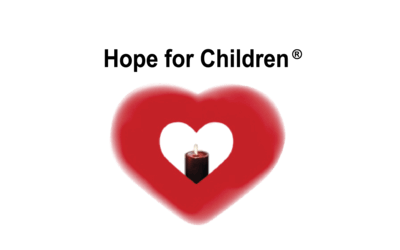Click on the video below to listen to the story.
How To Listen and Communicate With Victims of Crime
This video was produced by the Office for Victims of Crime, the National Victim Assistance Academy, and the Victims’ Assistance Legal Organization (VALOR) given with permission by Hope For Children Foundation to distribute on our website, hopeforchildrenfoundation.org and on Youtube and Vimeo. Victims often do not like to revisit the moment their lives were robbed of any sense of normalcy. The pain, feelings of guilt, and/or depression can take hold of victims just as much as their perpetrator had. Those who can talk about it share their stories in hopes of strengthening others. This video contains testimony from those who were victimized, survived, and continue to live. How to listen and communicate with victims is very important. Please listen carefully to this video and learn how to communicate better with victims of crime.
We all must work together to enhance the quality of life for all victims of crime. Helping the victim in every possible way is essential. Assisting children and adult victims with their emotions and the healing process is many times a very difficult experience for the victim, although healing is possible to achieve. Each victim of crime must be educated in many different areas and especially what their rights are as a victim.
How to decrease the likelihood of more abuse
Contrary to popular belief, leaving the batterer does not ensure safety. In fact, separation violence is likely. Attempting to leave the batterer can cause the abuse to escalate, resulting in an increase in the likelihood of the victim being murdered. Similarly, children and adolescents disclosing abuse will need immediate and long-term safety planning as their perpetrators often seek to retaliate, particularly if they fail to see adults protecting the victims.
Safety planning must become an integral part of every lawyer, probation officer, advocate and other professional’s work with domestic violence victims and their children, whether or not the victim remains with the perpetrator. An abused child or adult may be forced to remain with the perpetrator, yet is obviously in great need of assistance in negotiating safety. Lawyers and judges must formulate resolutions that prioritize victim safety, while fairly handling divorce, custody, visitation, support and other assorted civil and criminal matters.
How to access community resources to help victims of crime
Various services are usually available to crime victims through their cities, counties, states and also on a federal level depending on jurisdiction issues. Even some services one might not think about such as providing court escorts for family members during trials is also available in certain areas. Sometimes it is necessary for the victim to relocate. Sometimes funds are available to assist through the local or state victim compensation fund. This is usually a one time safety plan to assist a victim to relocate in moving, utility and lease expense and cost of moving vans, etc. Also, funds are usually available to assist with helping victims receive loss of wages, income, and other expenses related to the crime. It is extremely important to explain the judicial process to all victims of crime.
I cannot thank you enough for learning how to better communicate with victims of crime.
Hope for Children Foundation Board of Director Members

